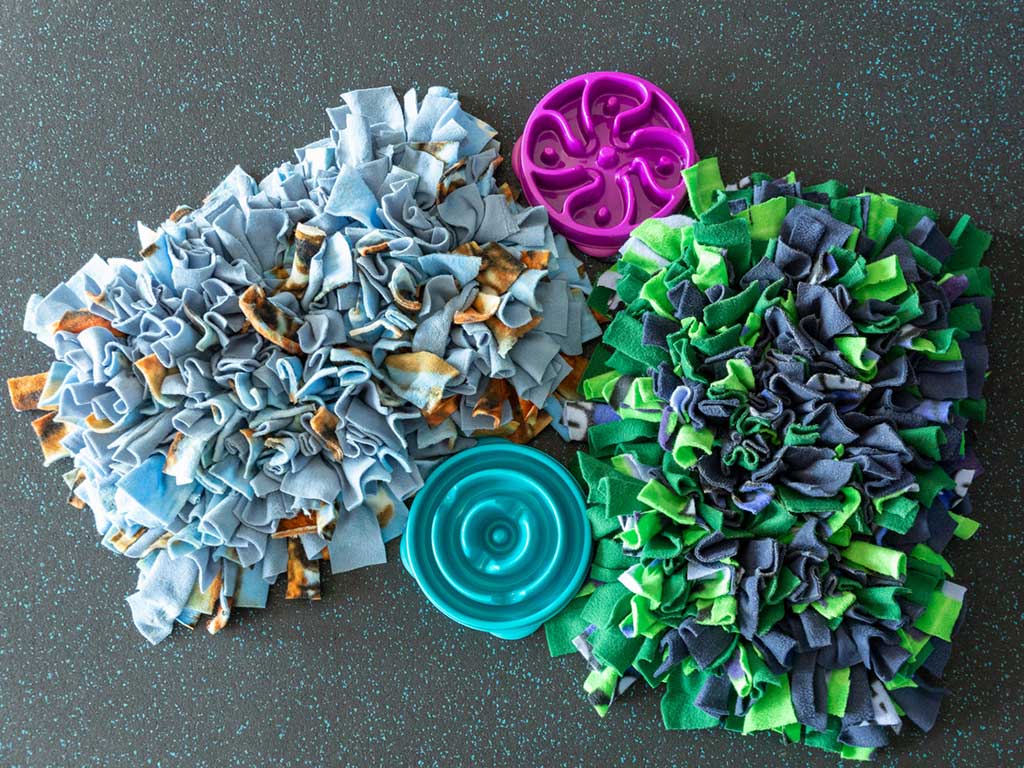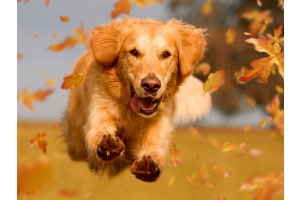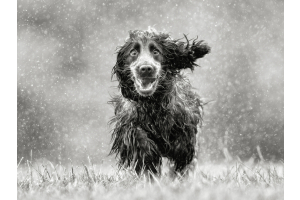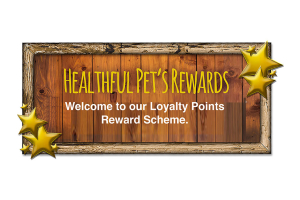
You may think that slow-feeder bowls are just for dogs who scoff — the type who bolt their meal down in 5 seconds flat (and are usually ready for a second round straight after!). However, all dogs, including those who may not seem food-motivated, can benefit hugely from interactive feeding methods. In this blog we'll look at the benefits of enrichment, the science behind why it works, and some easy ways to build it into your dog's daily routine.
If your dog's mealtime routine consists of a traditional bowl of food, fed in the same way everyday, you're missing out on a golden opportunity for fun, mental stimulation and even health benefits. In recent years, many pet parents have ditched the bowl in favour of interactive, enrichment-based feeding methods, and for good reason!
What is Enrichment Feeding?
Enrichment feeding is all about offering food in ways that encourage your dog to engage their brain and natural instincts. Instead of simply being handed their dinner in a bowl, dogs are given a “job” to do – whether that’s sniffing it out, licking it from a mat, nudging it from a toy, or problem-solving to release it from a puzzle feeder.
It turns a basic daily task into a meaningful experience. For our pets, who were designed to scavenge and hunt for food, working for their meals taps into deep-rooted behaviours and satisfies key emotional and mental needs.
The Science Behind Why It Works
Dogs are incredibly intelligent animals. In the wild, they would naturally spend hours each day foraging, sniffing, chewing, and problem-solving to find food. Modern life, however, rarely offers those same opportunities – particularly for dogs who spend much of their day indoors or on-lead.
When dogs are under-stimulated, that energy can manifest in undesirable ways: barking, chewing, restlessness, or even anxiety. This is where enrichment comes in. By providing structured mental challenges at mealtime, we can help:
- Reduce boredom and frustration
- Lower stress and anxiety levels
- Boost confidence and problem-solving skills
- Strengthen the bond between pet and owner
- Promote slower eating and better digestion
Studies show that cognitive enrichment can have a positive impact on canine wellbeing. In fact, research has even found that enrichment-fed dogs are more optimistic and resilient when faced with new challenges – just another reason to shake up your routine!
The Benefits of Enrichment-Based Feeding
- Tailored to Your Dog’s Needs
The goal of mealtime enrichment should always be adapted to your individual dog. Some thrive on the challenge of a stimulating puzzle toy, which helps burn off excess mental energy. Others may need something gentler, like a lick mat, which can offer calming, repetitive motions that ease anxiety and promote relaxation. Just like us, every dog is different – and what works for one may not suit another. - Slowing It Down
If your dog is prone to bolting down their food, choosing a slow feeder over a traditional bowl can be a game-changer.
Eating too fast can present a number of issues, including:
- Choking hazard – large chunks of unchewed food can be dangerous
- Digestive issues – unchewed food is harder to break down and absorb, especially for dogs with low enzyme production
- Bloat or GDV (gastric dilation volvulus) – gulping food can lead to swallowed air and stomach distension; while bloat is uncomfortable, GDV is a life-threatening emergency
- Weight gain – eating too fast prevents satiety signals from reaching the brain, meaning your dog may overeat before they feel full
By slowing things down with the right enrichment tools, you’re protecting your dog’s gut health and giving their brain time to catch up with their belly.
- Keeping Them Interested
For some dogs, the opposite is true – they’re just not that fussed about food. If your dog could take or leave their meal, turning it into a game or challenge might be the motivation they need.
Enrichment adds novelty and excitement to mealtimes, encouraging natural foraging behaviours and making food worth working for. Rotating different feeding methods, textures, and locations can help keep even the pickiest eaters engaged.
Simple Ways to Get Started
Ready to ditch the bowl? The good news is, you don’t need fancy equipment or a big budget to get started with enrichment feeding. Here are a few simple ideas:
- Use Puzzle Feeders or Treat Balls
There are loads of puzzle toys on the market designed to challenge your dog’s brain (click here to shop the Healthful Pets range!). Choose one that suits the texture of your dog’s food and your dog’s skill level, and don’t be afraid to level up as they get more confident! - Try a Snuffle Mat
Snuffle mats mimic grass or foliage, encouraging your dog to sniff and forage for their meal. They’re perfect for dry food and can help anxious or excitable dogs settle into a calmer eating pattern. -
Stuffed Toys or Lick Mats
Ideal for wet or raw feeders, these provide longer-lasting fun. Try mixing your dog’s food with dog-safe extras like mashed sweet potato, banana, bone broth or kefir, then freeze it for an added challenge. -
DIY Feeding Games
No enrichment toys? No problem. Hide food around the house for a “find it” game, roll it in a towel for an unravelling puzzle, or scatter feed in the garden for an outdoor sniffari.
How Often Should You Feed This Way?
There’s no one-size-fits-all answer. Some pet parents choose to ditch the bowl entirely and feed every meal through enrichment. Others mix it up throughout the week.
Start with one enrichment meal a day or a few times a week and see how your dog responds. You may find it quickly becomes a favourite part of their routine – and yours!
You can shop our full range of enrichment feeding mats for dogs, puzzle toys and more at Healthful Pets.





